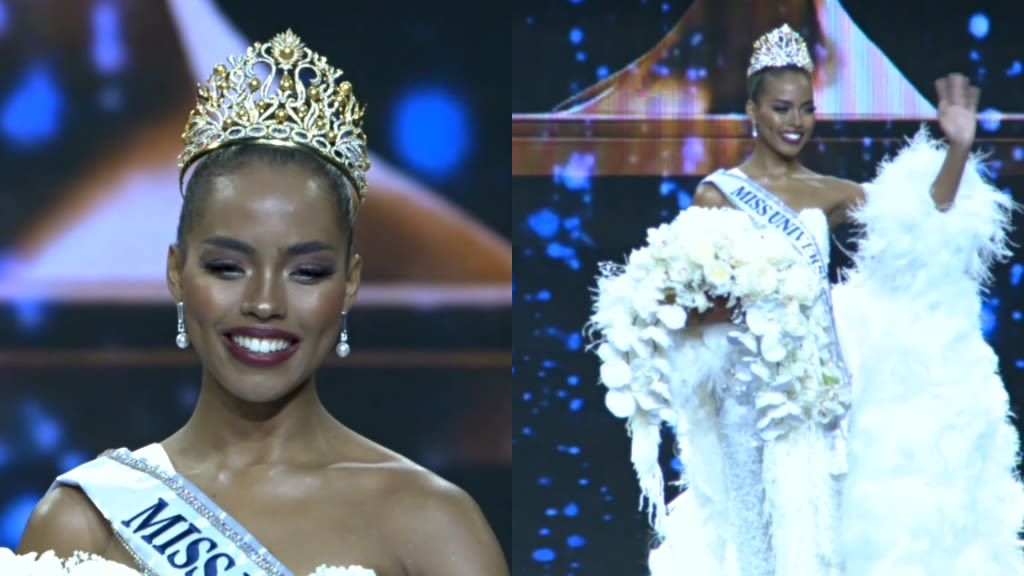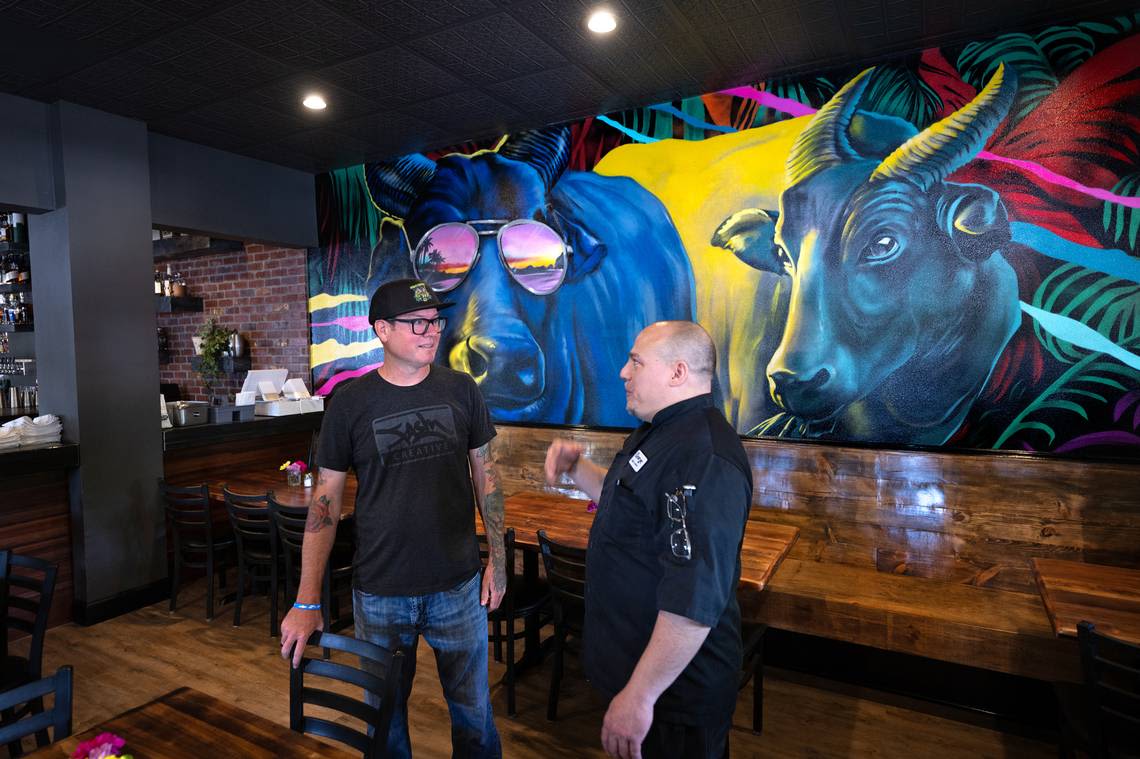Search results
Filipinos (Filipino: Mga Pilipino) are citizens or people identified with the country of the Philippines. The majority of Filipinos today are predominantly Catholic and come from various Austronesian peoples, all typically speaking Filipino, English, or other Philippine languages.
Dec 19, 2023 · Philippines country profile. 19 December 2023. Getty Images. More than 7,000 islands make up the Philippines, but the bulk of its fast-growing population lives on just 11 of them. Much of the...
People also ask
What are some easy Filipino recipes to make?
What is the Filipino language?
What is the definition of a Filipino?
What is Filipino food like?
The Philippines, [e] officially the Republic of the Philippines, [f] is an archipelagic country in Southeast Asia. In the western Pacific Ocean, it consists of 7,641 islands, with a total area of 300,000 square kilometers, [17] which are broadly categorized in three main geographical divisions from north to south: Luzon, Visayas, and Mindanao.
News about Chelsea Manalo, Miss Universe Philippines, Filipino American
News about Polychroma Games, Until Then, Sunday
News about Bulk carrier, Philippines, missiles
Also in the news
2 days ago · History of the Philippines, a survey of notable events and people in the history of the Philippines. The Philippines takes its name from Philip II, who was king of Spain during the Spanish colonization of the islands in the 16th century. Because it was under Spanish rule for 333 years and under.
- DictionaryFil·i·pi·no/ˌfiləˈpēnō/
adjective
- 1. relating to the Philippines, the Filipinos, or their language.
noun
- 1. a native or inhabitant of the Philippines, or a person of Filipino descent.
- 2. the national language of the Philippines, a standardized form of Tagalog.
Given the diversity of the Philippines, the unifying element of Filipino culture is a complex matter. A sense of national identity emerged out of the long standing struggle for independence. In contemporary Philippines, many Filipinos are acutely aware of the colonial history of their country.
the Philippines collectively are called Filipinos. The ancestors of the vast majority of the population were of Malay descent and came from the Southeast Asian mainland as well as from what is now Indonesia. Contemporary Filipino society consists of nearly 100 culturally and linguistically distinct ethnic groups. Of these, the….



